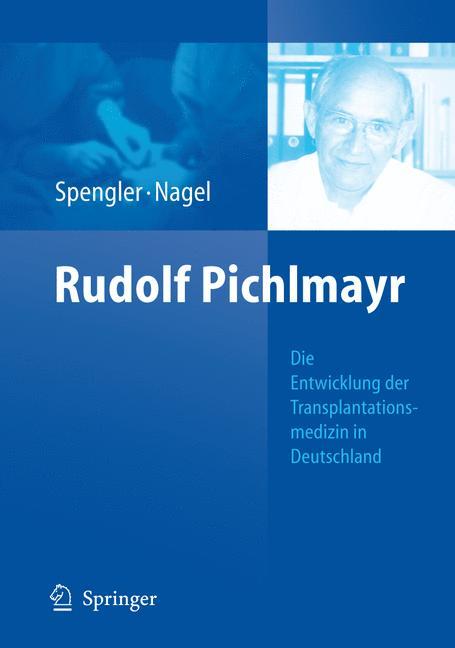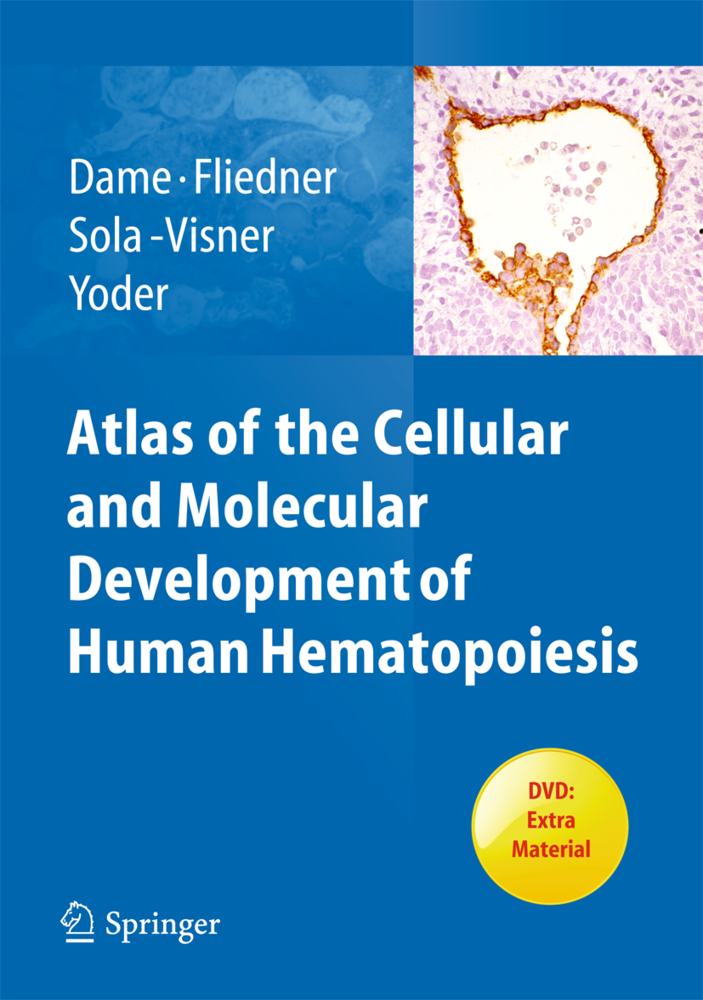Yearbook of Intensive Care and Emergency Medicine 2008
The Yearbook compiles the most recent developments in experimental and clinical research and practice in one comprehensive reference book. The chapters are written by well recognized experts in the field of intensive care and emergency medicine. It is addressed to everyone involved in internal medicine, anesthesia, surgery, pediatrics, intensive care and emergency medicine.
1;Table of Contents;5 2;List of Contributors;11 3;Common Abbreviations;27 4;I Genetic Factors;28 4.1;Are Pharmacogenetics and Pharmacogenomics Important for Critically Ill Patients?;29 4.1.1;Introduction;29 4.1.2;Pharmacogenetics or Pharmacogenomics?;29 4.1.3;Pharmacogenetics, Pharmacogenomics, and Drug Metabolism;30 4.1.4;Clinically Relevant Genetic Polymorphisms in Critical Care;31 4.1.5;Population Variations in Pharmacogenetics (Table 2);34 4.1.6;Challenges to Implementing Pharmacogenetics in Critically Ill Patients;35 4.1.7;Conclusion;36 4.1.8;References;36 4.2;Genetic Susceptibility in ALI/ARDS: What have we Learned?;39 4.2.1;Introduction;39 4.2.2;Basic Principles of Genomic Association Studies Related to Critical Care Syndromes;40 4.2.3;Limitations of Genomic Association Studies Related to Critical Care Syndromes;43 4.2.4;Future Considerations in Genomic Association Studies Related to Critical Care Syndromes;45 4.2.5;Conclusion;47 4.2.6;References;47 4.3;Racial Disparities in Infection and Sepsis: Does Biology Matter?;50 4.3.1;Introduction;50 4.3.2;What is Race?;50 4.3.3;Differences in Disease Susceptibility;51 4.3.4;Differences in Access to Health Care;51 4.3.5;Differences in Quality of Care;52 4.3.6;Could Differences in Underlying Biology Contribute to Racial Disparities?;53 4.3.7;Conceptual Model of Racial Disparities;54 4.3.8;Design Challenges for Further Studies;55 4.3.9;Conclusion;55 4.3.10;References;55 5;II Cardiac Issues;57 5.1;B-Type Natriuretic Peptide: An Emerging Biomarker in Pediatric Critical Care;58 5.1.1;Introduction;58 5.1.2;Natriuretic Hormone System;59 5.1.3;B-Type Natriuretic Peptide;59 5.1.4;BNP in Adult Cardiac Disease;60 5.1.5;BNP in Pediatric Cardiac Disease;61 5.1.6;BNP as a Biomarker Following Cardiac Surgery;62 5.1.7;Respiratory Distress: Differentiating between Potential Etiologies;63 5.1.8;Patent Ductus Arteriosus;64 5.1.9;BNP in Other Pediatric Illnesses;64 5.1.10;Exogenous Administration of BNP;64 5.1.11;Conclusion;65 5.1.12;References;65 5.2;Cardiac Dysfunction in Septic Shock;68 5.2.1;Introduction;68 5.2.2;Mechanisms Leading to Cardiac Dysfunction in Sepsis;68 5.2.3;Systolic and Diastolic Cardiac Dysfunction in Sepsis;72 5.2.4;Beta-adrenergic Hyporesponsiveness and Hibernation in Septic Shock;75 5.2.5;Lactate: the New Fuel;76 5.2.6;Conclusion;76 5.2.7;References;77 5.3;The Consequences of Cardiac Autonomic Dysfunction in Multiple Organ Dysfunction Syndrome;80 5.3.1;Link between Autonomic Dysfunction and Inflammation: The 'Cholinergic Anti-inflammatory Pathway';80 5.3.2;Heart Rate 'Stiffness' as a Measure of Cardiac Autonomic Dysfunction in Patients with MODS: Possible Mechanisms;83 5.3.3;Can We Increase the Depressed Vagal Activity in Patients with MODS and, Thereby, Improve Prognosis?;85 5.3.4;Conclusion;88 5.3.5;References;88 5.4;Quantification of Improved Left Ventricular Performance during Cardiac Resynchronization Therapy;90 5.4.1;Introduction;90 5.4.2;Conceptual Framework;90 5.4.3;Clinical Applications of Left Ventricular Dyssynchrony Quantification;91 5.4.4;Modeling Contraction Dyssynchrony;94 5.4.5;Human Data;97 5.4.6;Conclusion;98 5.4.7;References;98 5.5;Diastolic Dysfunction and Cardiac Failure in the Intensive Care Unit;101 5.5.1;Introduction;101 5.5.2;Definitions;101 5.5.3;Diastolic Dysfunction;104 5.5.4;Conclusion;111 5.5.5;References;111 5.6;Pharmacological Support of the Failing Right Ventricle;113 5.6.1;Introduction;113 5.6.2;Pathophysiology of Right Ventricular Failure;113 5.6.3;Therapeutic Options;114 5.6.4;Conclusion;122 5.6.5;References;122 5.7;Perioperative Cardioprotection;126 5.7.1;Introduction;126 5.7.2;Preoperative Coronary Revascularization;126 5.7.3;Pharmacological Cardioprotection;128 5.7.4;Miscellaneous Preventive Measures;133 5.7.5;Conclusion;133 5.7.6;References;133 6;III Cardiopulmonary Resuscitation;136 6.1;Improving the Quality of Cardiac Arrest Resuscitation Care;137 6.1.1;Introduction;137 6.1.2;Improving Bystander Cardiopulmonary Resuscitation;138 6.1.
Vincent, Jean-Louis
| ISBN | 9783540772903 |
|---|---|
| Artikelnummer | 9783540772903 |
| Medientyp | E-Book - PDF |
| Auflage | 2. Aufl. |
| Copyrightjahr | 2008 |
| Verlag | Springer-Verlag |
| Umfang | 916 Seiten |
| Kopierschutz | Digitales Wasserzeichen |









